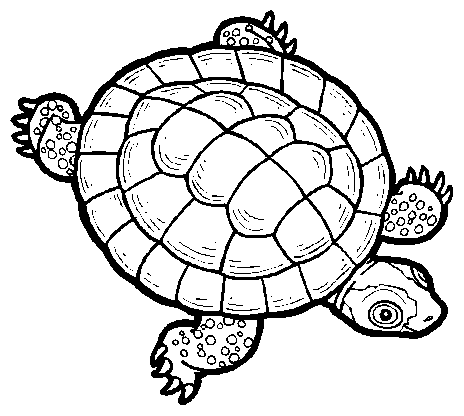Last night I spoke to a local group of young professionals about food waste. As much as I like blogging to you discerning readers, the talk was a nice opportunity to converse with an audience that could and did ask questions and challenge some assumptions.Â
Some attendees were curious about the statistic that we don’t eat a quarter of the food we bring into our homes. ‘How do they get that–did they go through my trash?’ one woman asked. Well, sort of. That data comes from William Rathje’s Garbage Project, which combined household trash audits and estimates for food disposal usage.
I gained insight into those who don’t take restaurant leftovers home by asking audience members why they wouldn’t do so. A man from Holland said he never takes leftovers because in Europe it’s just not done. One woman leaves the food if she knows she won’t eat it or if she feels there isn’t enough remaining (to which I say: how about eating it as a snack?). Another man said he’s hesitant to take a big Styrofoam box for just a little bit of food–not wanting to swap one environmental ill for another. (Hopefully, more restaurants will use biodegradable take-home boxes).
After I gave some tips on avoiding waste, the topic of feeding food waste to animals arose. One woman informed me that captive dolphins are fed seafood leftovers from supermarkets and, apparently, turtles love eating old lettuce. Forget composting, it’s time to look into the Wasted Food turtle pond! After all, it’s higher on the food recovery hierarchy.
2 Comments